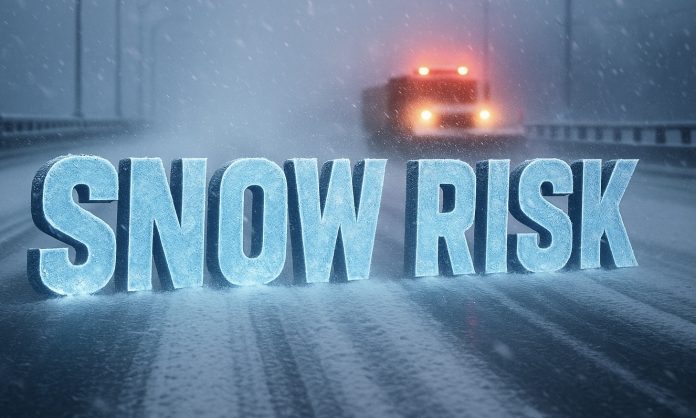TOPEKA, Kan. – NOAA’s Winter 2025–2026 outlook, released Thursday, Oct. 16, shows Kansas heading for a colder, snowier season stretching from January through early March. The Climate Prediction Center’s guidance indicates above-normal precipitation and below-normal temperatures across the central Plains — a pattern consistent with La Niña winters that funnel repeated storm systems across the region.
According to the National Weather Service in Topeka, “This winter favors active storm tracks and strong cold fronts, meaning several snow or ice events are likely.” Northern and eastern Kansas, including Manhattan, Salina, and Kansas City suburbs, could see the most frequent snowfall, while central and southern areas such as Wichita and Dodge City may face alternating rounds of snow, sleet, and freezing rain.
Forecasters highlight mid-January through mid-February as the most active period, with Arctic air sweeping south in waves. Travel along I-70, I-35, and U.S. 54 could be impacted by blowing snow and icy roads several times this winter. The Kansas Department of Transportation is preparing for prolonged plow operations and urging drivers to check road alerts before long trips.
NOAA also cautions that colder-than-average temperatures may persist into March, delaying soil thaw and early planting. Residents should winterize homes, test heating systems, and keep emergency kits stocked for cold snaps that could drive wind chills below zero.
For Kansas, Winter 2026 looks to bring steady snow, sharp cold, and long stretches of winter weather — a season demanding readiness across both town and prairie.





